Gastropod looks at food through the lens of science and history.
Co-hosts Cynthia Graber and Nicola Twilley serve up a brand new episode every two weeks.
Co-hosts Cynthia Graber and Nicola Twilley serve up a brand new episode every two weeks.
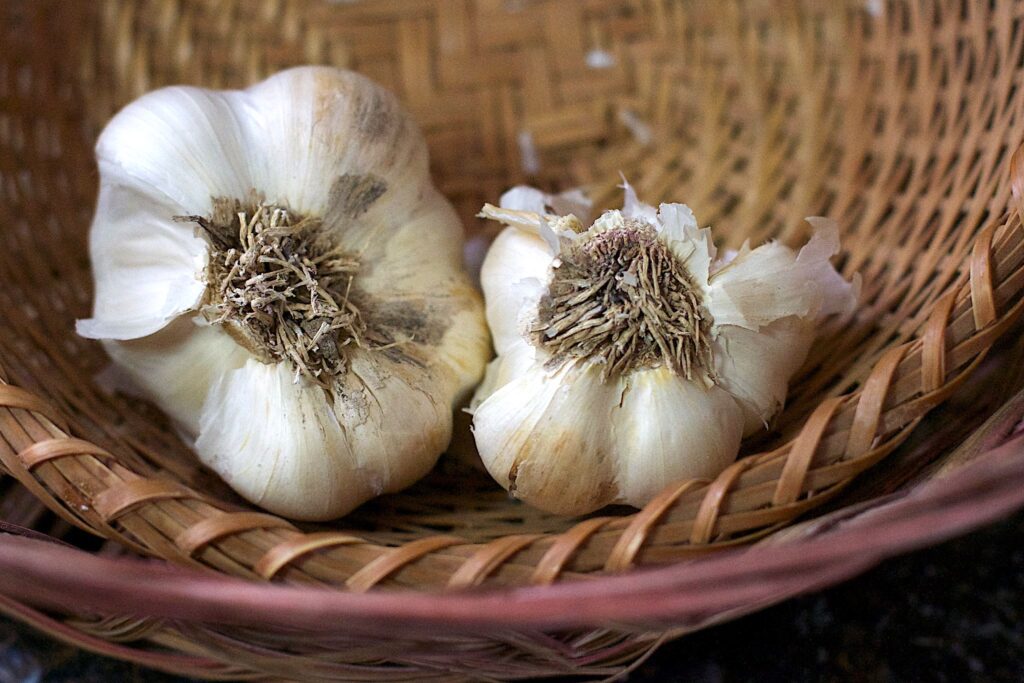
Rob Dunn is a professor of applied ecology at North Carolina State University, where he heads the Rob Dunn Lab—he and his collaborators there aim to “tell the stories of the small species–whether on our bodies, under our beds or in our backyards–humans interact with every day but tend to ignore.” You might remember Rob from our supercool sourdough episode, in which Rob and his team explored the microbial secrets of bakers’ hands.
Lauren Nichols is a research technician and manager in Rob’s lab.
Ben Chapman is professor and food safety researcher at North Carolina State University. He studies behaviors and creates interventions aimed at amateur and professional food handlers, managers, and organizational decision-makers—the gatekeepers of safe food. Ben also hosts not just one, but two podcasts all about food safety: Food Safety Talk and Risky or Not, a short and sweet take on which foodstuffs are safe. (Shipping a pumpkin pie? Edible flowers? Day-old poutine? They’ve got answers.)
Natalie Seymour is an extension associate in food safety in Ben's lab. She's also collaborated with Ben on other food safety trainings, including COVID-19 food safety and a BBQ bootcamp for youth.
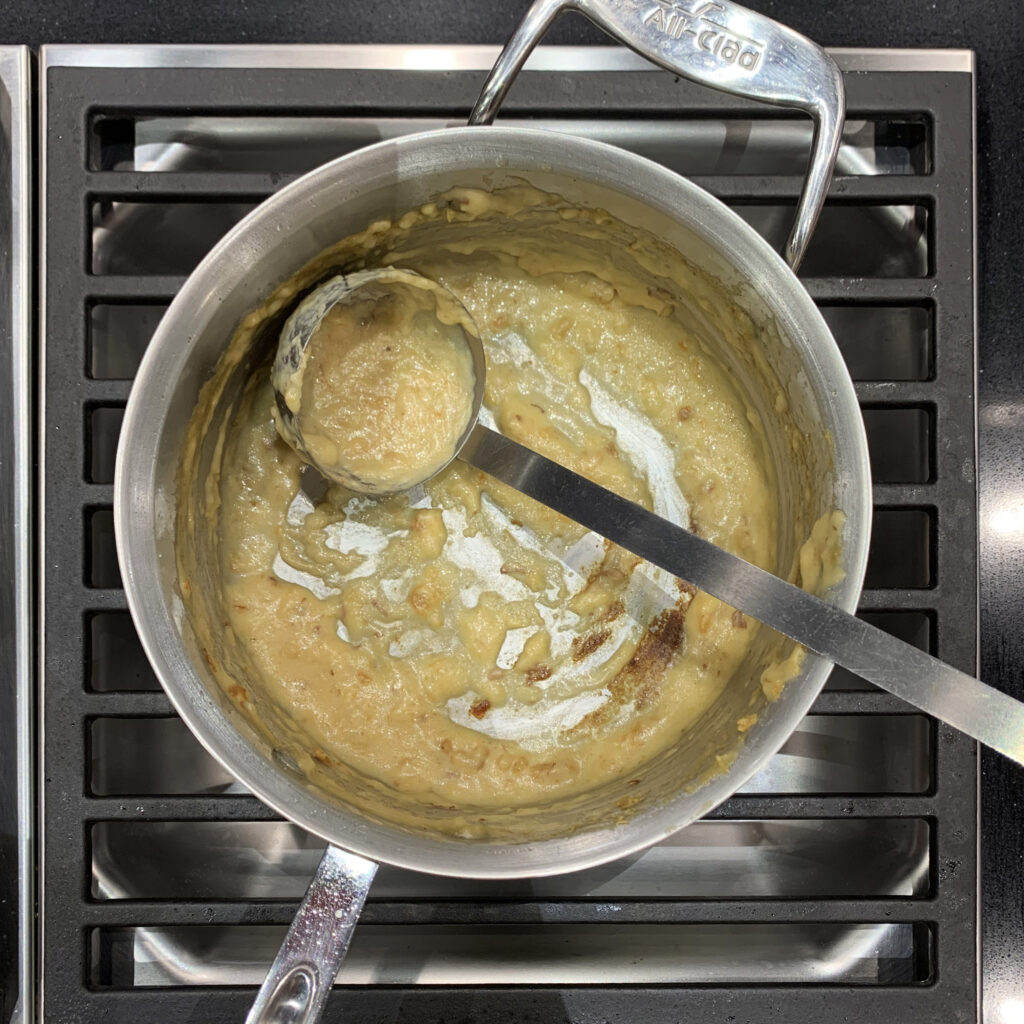
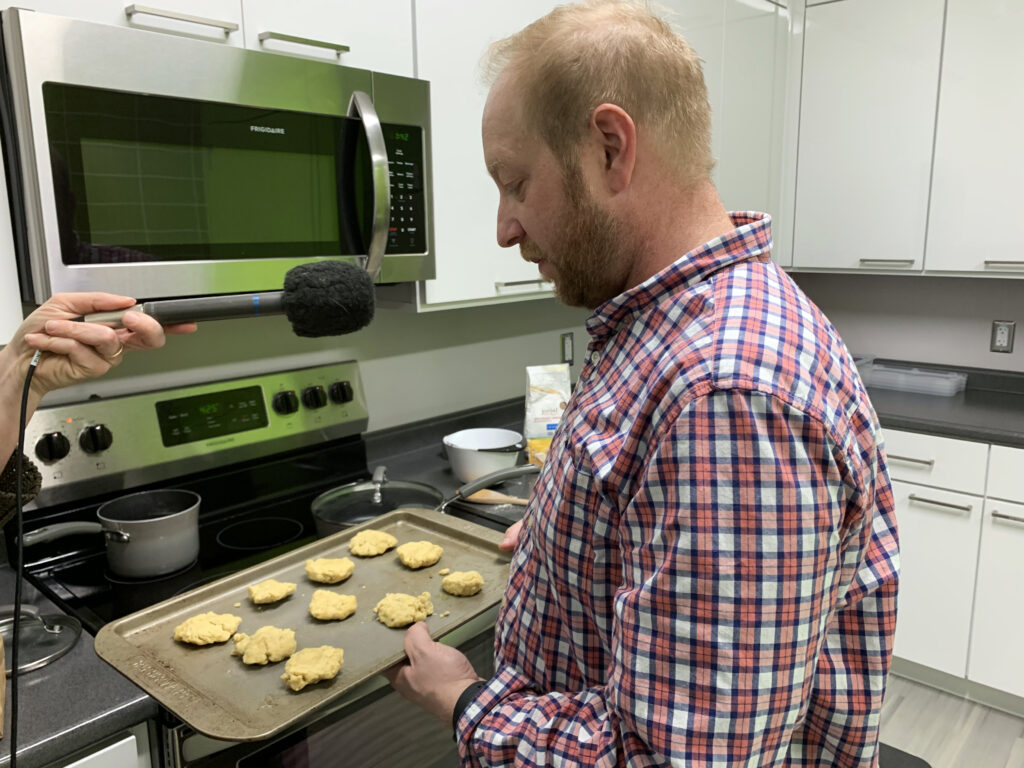
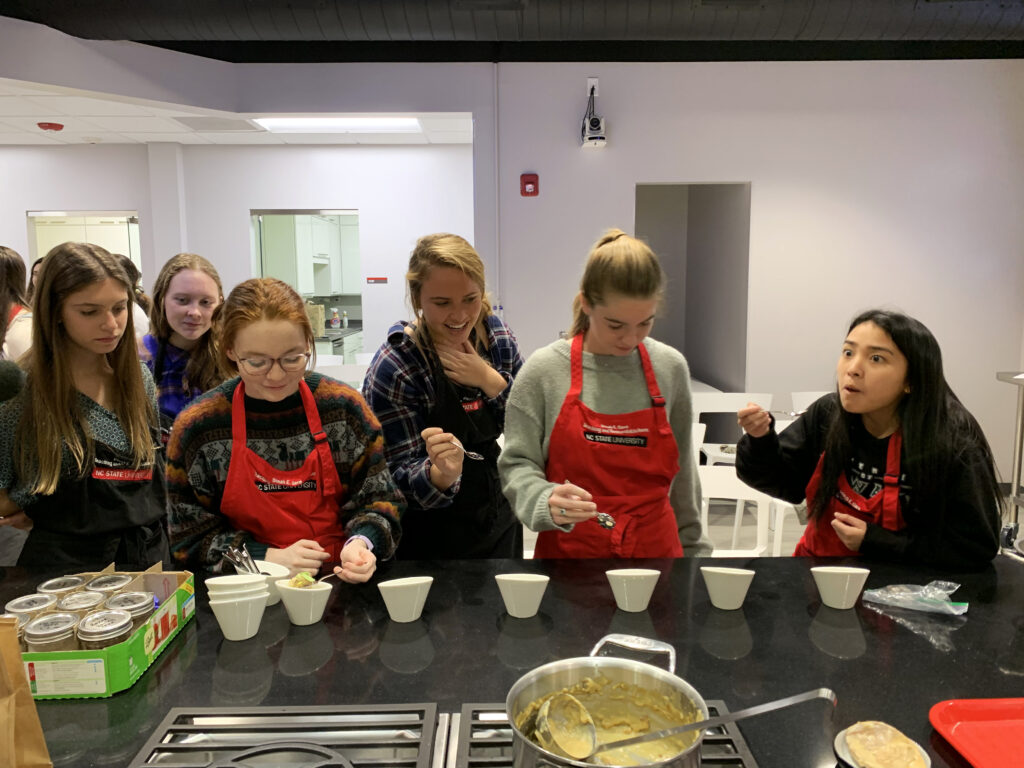
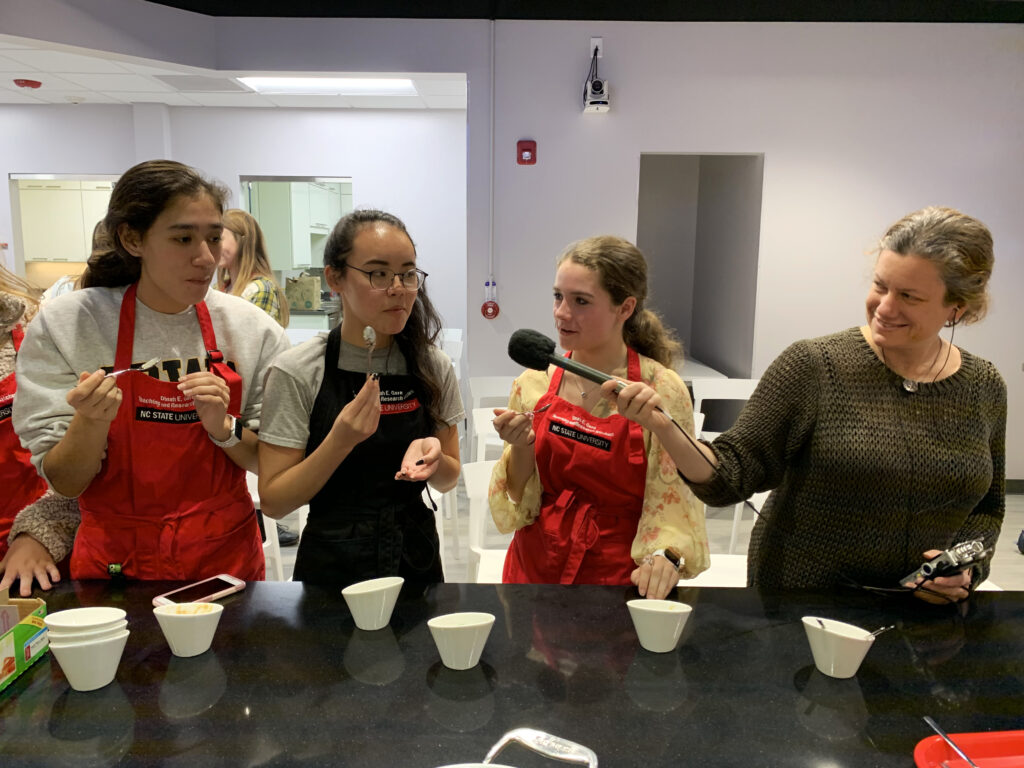
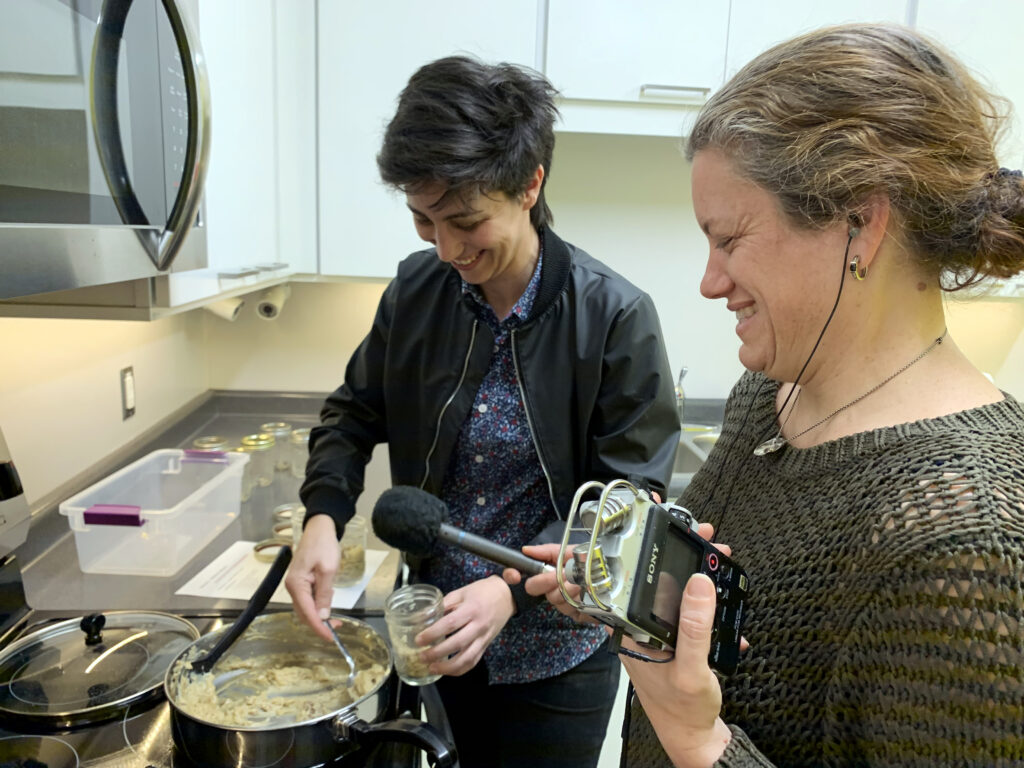
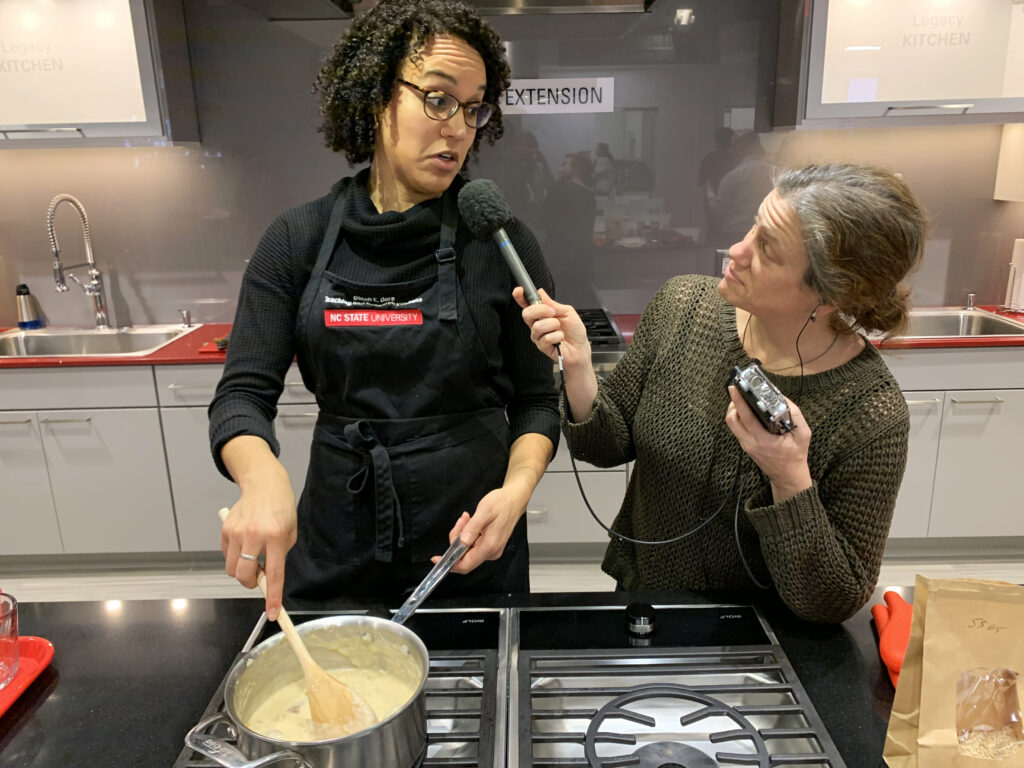
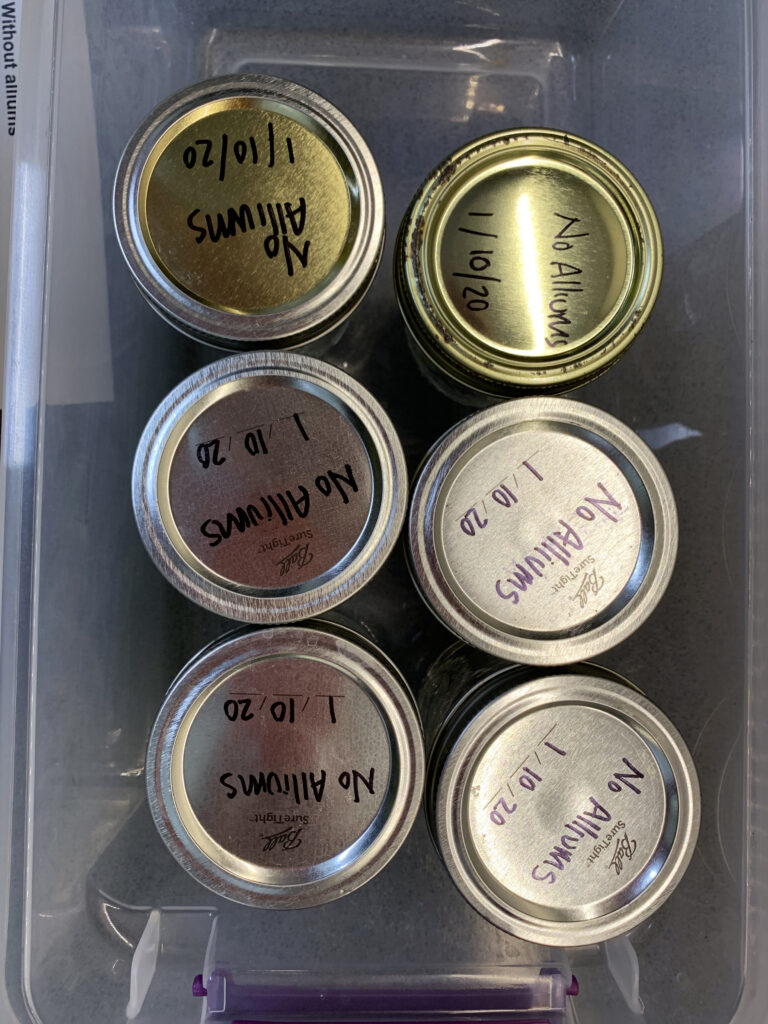
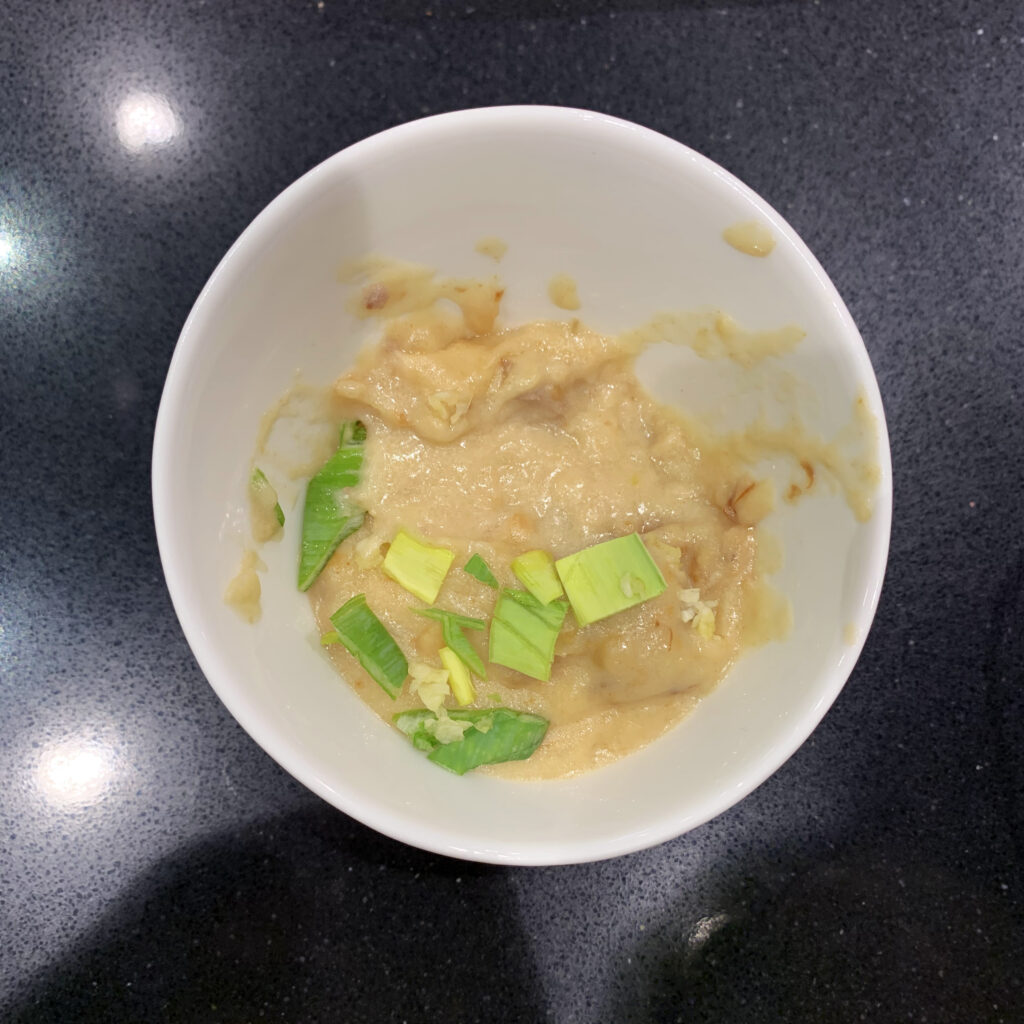
Eric Block is emeritus professor of chemistry at SUNY Albany. He is known for his discoveries on the natural properties of alliums—the structure of the lachrymatory factor in onions we discuss is just one of them. Eric is on the editorial advisory board of the Journal of Agricultural and Food Chemistry, and published Garlic and Other Alliums: The Lore and The Science in 2010.
Sonja Swanson is our awesome and brilliant Gastropod fellow. She’s a food and culture writer who lived in South Korea for seven years, and, more recently, was a 2019 UC Berkeley Food & Farming Journalism Fellow.
Robin Cherry is a travel writer and historian with bylines at National Geographic Traveler, The Atlantic, and Wine Enthusiast. She has an MBA from Dartmouth and was a VP at Time Warner before launching her career as a full-time writer. Garlic: An Edible Biography is her second book.
Tate Paulette is an assistant professor of history at North Carolina State University, where he researches agricultural practices, state making, and the politics of food in Mesopotamia and the broader region. He also studies ancient alcohol, and spearheaded an effort to recreate Sumerian beer using authentic ingredients, equipment, and brewing techniques.
Click here for a transcript of the show. Please note that the transcript is provided as a courtesy and may contain errors.